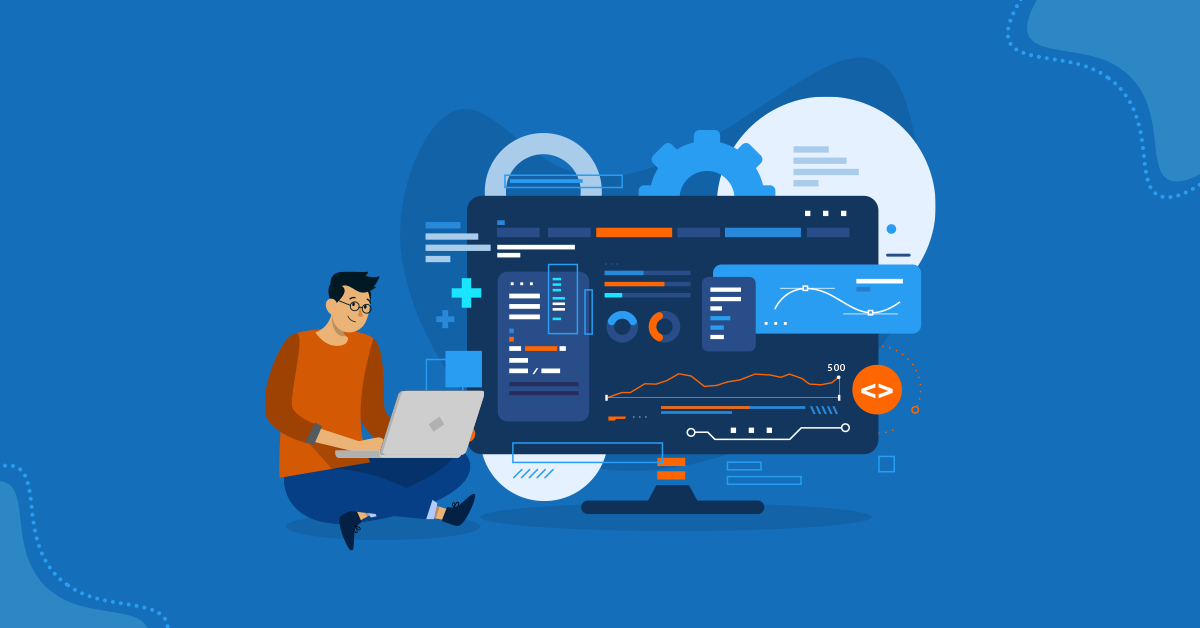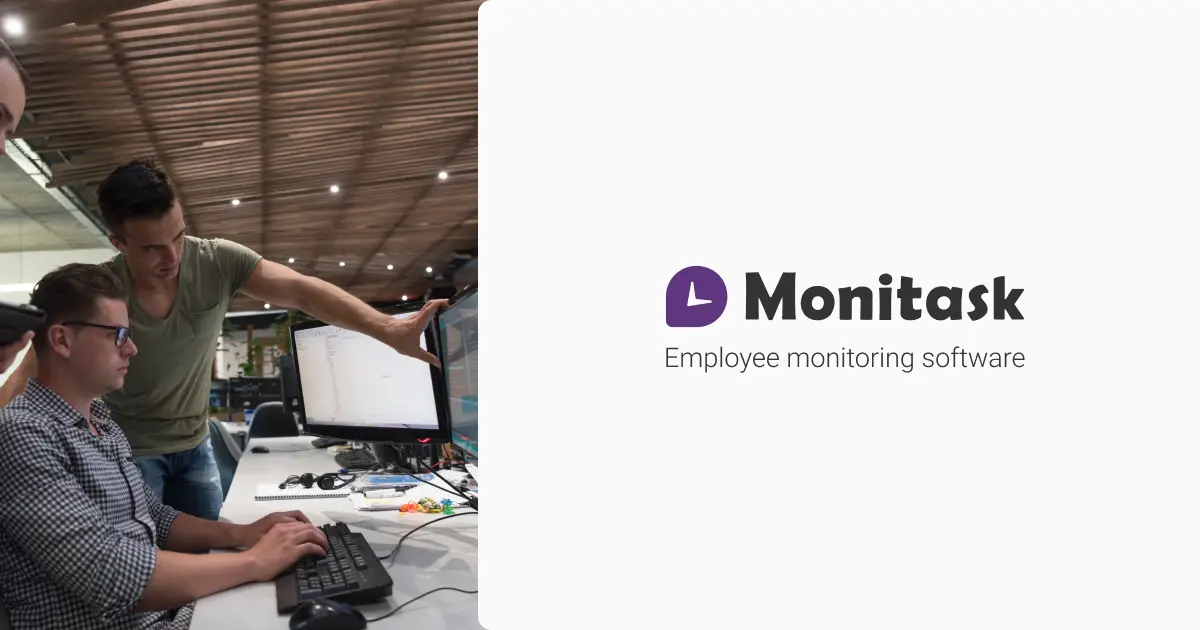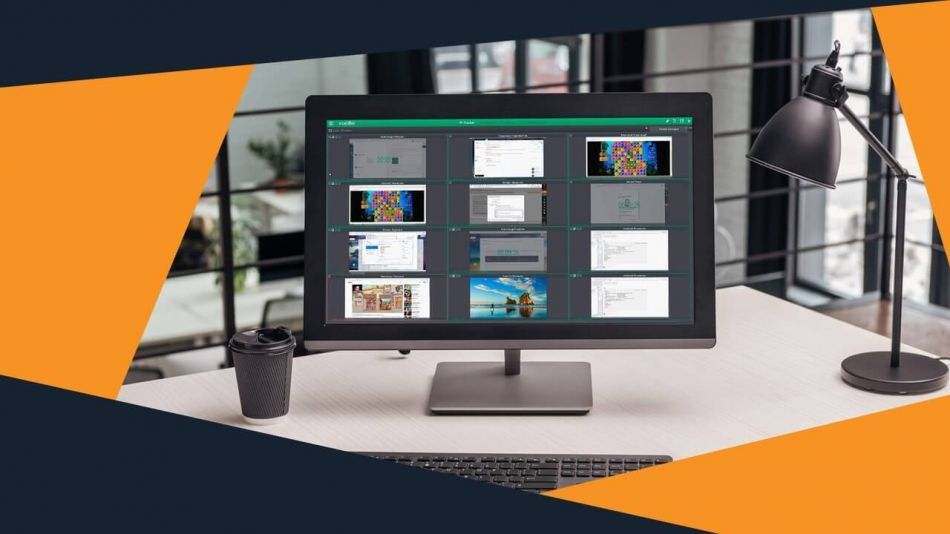New Advice To Deciding On Time Tracking Monitoring Software
What Is Employee Monitoring Software? What Should I Know About It Prior To Choosing It?Software used to monitor and monitor the activities of employees is called employee monitoring software. It allows employers gather data about various aspects of employee behaviour, including internet usage as well as application usage. Keystrokes can also be tracked as well as screen shots. The main goal of software for monitoring employees is to boost productivity, ensure conformity with policies, safeguard sensitive data, and address security concerns. A variety of aspects should be taken into consideration when choosing an employee-monitoring program. These are the main factors to consider: Features- Decide which features your business requires according to your needs. Common features include blocking of websites and keystroke logs, as well as application use tracking, and monitoring of emails. Choose features that will align with your goals for monitoring.
Privacy and Compliance- Make sure that the software follows ethical and legal guidelines for monitoring employees. You should familiarize yourself with the applicable laws within your region. For instance the laws on data protection and privacy laws. Think about software that is clear and customizable options to protect employee privacy.
Take into consideration the software's usability as well as accessibility. A user-friendly interface and straightforward installation process will cut down on time and make the process easier to implement. You should look for dashboards that can be customized and reporting tools which allow users to quickly interpret the data that is collected.
Integration and Compatibility- Verify that the software is seamlessly integrated with your existing IT infrastructure as well as the other systems you use like operating systems email clients, project management tools, and collaboration platforms. Compatibility is crucial to ensure uninterrupted monitoring, and without affecting your daily routine.
Data Security - Examine the security measures used by the software to protect the data it collects. Security protocols, encryption, secure storage of data, as well as access control are essential. Make sure the software vendor is well-known for its data protection records and has strong security measures.
Scalability: The software must be able to scale up or down according to the growth of your company. Select software that is able to scale up to meet the demands of your organization when you plan on hiring more people or opening new locations.
Analytics and Reporting - Examine the ability to report of the software. You should look for features that give you an extensive view of productivity of employees, the timing allocation, and trends. Customized reports and analysis will help you to make informed choices, and pinpoint areas for improvement.
Customer Support: Assess the level of service provided by the vendor in terms of support for customers. Evaluate their responsiveness, availability and the quality of technical support. When issues arise, excellent customer service guarantees that you receive quick assistance.
Cost- Take a look at the pricing model of the program, whether it's a one-time purchase, subscription-based, or usage-based. Learn about the pricing model, including any added costs for support updates and additional features. You should balance your budget as well as the worth of features against what you can afford.
Transparency and communication with employeesTransparency and Communication with Employees - Communicate clearly to employees when it comes to the deployment and use of software for monitoring. It is important to clearly define the goals, scope, expectations, and the limitations of monitoring. Discuss any concerns they may have and assure them of respect for their privacy.
By considering these factors by weighing these factors, you can make an informed decision and choose an employee monitoring system that meets your company's requirements while respecting privacy concerns of employees as well as the law. Follow the top time tracking monitoring software for website recommendations.

What Are The Functions Of The Employee Monitoring Software?
Software for monitoring employees has many options for analyzing and tracking employee activity. Employee monitoring software may have diverse features. Here are some most commonly used features. Activity Monitoring This feature records and tracks all employee actions such as the websites visited, programs used, files accessed as well as the amount of time spent. It provides a detailed analysis of how employees spend their time.
Keystroke Recording- Keystroke recorders can capture every keystroke that is pressed by a worker. It helps find productivity bottlenecks, as well as detect unauthorized actions and gather evidence to aid investigations.
Screenshots and Screen Recordings Certain software programs capture screenshots or record the screens of employees on a regular basis. This can be beneficial to monitor productivity levels or troubleshooting.
Internet Usage Tracking This function monitors employees' online activities, including visited websites, search queries and downloads, among others. It is able to detect excessive browsing that is not related to work, potential security risks, or infractions.
This feature tracks all apps that employees use at work. It can help identify inappropriate or excessive usage of applications by providing insights into the applications frequently used.
Email Monitoring: Employers can monitor emails sent and received by employees as well as attachments as well as the content of the email. It assists in ensuring conformity with corporate policies, to prevent leakage of data and examine any suspicious behavior.
Tracking of Documents and Files This feature monitors file access as well as modifications and transfers. It helps safeguard sensitive data by monitoring collaboration between documents and making sure that the data is protected according to protection guidelines.
Remote Monitoring is a function that allows employers to monitor their employees even when they are working at a distance or in various locations. Employers can monitor the work of their employees and guarantee their productivity regardless of where they are physically located.
Productivity Analysis Software for monitoring employees usually comes with productivity analysis tools that provide insights into employee productivity as well as work patterns and time allocation. These analyses permit the identification of areas that can be improved and help optimize workflow.
Reporting & Analytics- Robust features for reporting and analytics generate detailed reports based on collected data. These reports can give valuable insight on the performance of employees, their the allocation of time and resources.
Software that can provide features to ensure compliance and management of policies can help ensure that an organization's guidelines and policies are followed. The software allows employers to set and enforce policies regarding acceptable use of computers as well as Internet access and data safety.
Alerts & Notifications - Alerts & notifications alert employers and managers about certain events and activities. They are able to warn you of unusual behavior, like excessive use of the internet or attempts to access restricted websites.
It is important to keep in mind that the accessibility and performance of these features can differ among various employee monitoring software options. When selecting software, make sure that the features you choose align with the goals of your monitoring as well as in compliance with the ethical or legal guidelines applicable to your particular jurisdiction. Read the best employee monitoring company for site examples.

How Does Employee Tracking Software Conform To The Compliance And Privacy Law?
Privacy and compliance laws are essential to employees monitoring software. Although the exact legal requirements may vary by jurisdiction Here are some of the most common ways in which employee monitoring software complies with the privacy and compliance laws: Consent and Notice- Many areas require employees to provide informed consent and receive prior notification of any monitoring activities. Monitoring programs for employees typically include features that enable employers to effectively communicate monitoring guidelines to employees. It may be necessary to issue written notices or obtain consent via consent forms. Also an employee manual which outlines the policies for monitoring can also be implemented.
Transparent Monitoring Policies: Employee monitoring software encourages transparency by ensuring that employees are aware of the particular types of information being collected, the purpose of monitoring, and the extent of monitoring activities. Employees will be able to understand their privacy rights and the limitations of monitoring when the policies are precise and complete.
Data Minimization- To comply with privacy regulations employees monitoring software usually uses data minimization techniques. This means that only the necessary data is collected and retained, and irrelevant or excessive data is discarded. By limiting data collection to only the necessary to be monitored, this software reduces the risk of privacy and increases compliance.
Anaonymization and Aggregation Some software that monitors employees anonymizes the data, or aggregates it to ensure privacy for employees. Data collected is filtered to hide personally identifiable information. The data of several employees is compiled to give insight into the group without identifying any individual.
Secure Data Store and encryption Employee monitoring software ensures that the security of data collected first. Secure encryption and storage of data are employed to guard data against unauthorized access or accidental disclosure. Secure data is also important during transport, and in the rest of the data.
Access Controls And Restricted Privileges In order to ensure compliance, employees monitoring software typically provides access control and rights that are granular. This allows employers to restrict the amount of authorized users who are able to access the monitoring data for instance HR personnel or designated administrator.
Rights of Employees Rights- Respecting employee's rights means ensuring compliance with privacy legislation. Software for monitoring employees typically includes features that permit employees to access their own monitoring data, request corrections, or make complaints. This lets employees take action and exercise their rights when they feel their privacy has been breached.
Conformity with Data Protection Regulations - Employee monitoring software was designed to conform with data protection regulations like the General Data Protection Regulation in the European Union (GDPR) or the California Consumer Privacy Act in the United States (CCPA). It is accomplished by implementing suitable measures to protect personal information, ensuring the rights of data subjects, and ensuring the lawful use of data.
In addition to using employee monitoring tools, organizations should consult experts in the field of law and remain up to date regarding the latest laws and regulations in their respective jurisdictions. To ensure compliance with the privacy and compliance laws an extensive approach is needed that goes beyond the software. It should include explicit policies and training for employees, as regular monitoring of compliance. Check out the most popular employee monitoring services for site tips.
